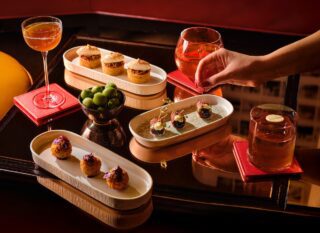This website uses cookies so that we can provide you with the best user experience possible. Cookie information is stored in your browser and performs functions such as recognising you when you return to our website and helping our team to understand which sections of the website you find most interesting and useful.
The spirit of reinvention at 1857 The Bar
By Michelle Johnson | 4 February 2022 | Food & Drink
As St James’s welcomes its fashionable new port bar, we discover the history behind this premium wine (and why it’s not just for Christmas)
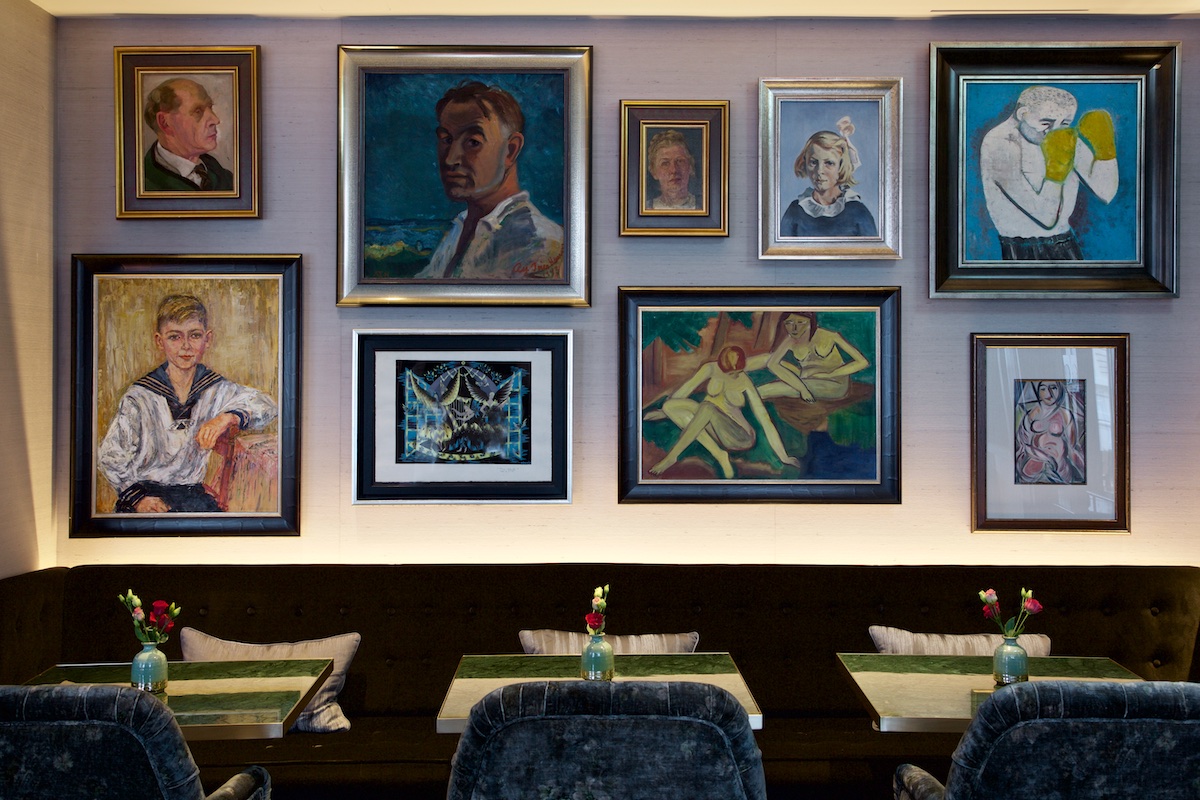
If you enjoy glass of port at Christmas and wonder why we don’t make more of its depth of flavour, sweet taste and versatility the rest of year, you are not alone. Over the last ten years, as our taste for cocktails has become more daring and experimental, mixologists have been putting this fortified wine to good use in a myriad of bold concoctions and, as a result, port is fast becoming a much more enticing tipple all year round – particularly to millennial drinkers.
In fact, imports rose by 11.5% in 2020 to make the UK the third largest port market by volume – and second by value – and the newly launched port bar, 1857 The Bar at St James’s Hotel & Club, is showing London’s fashionable foodies exactly how exciting this trend can be with its range of bold cocktails and aged vintages.

Port, a fortified wine produced in Portugal’s Douro Valley since the 15th century, first gained international popularity in the 16th century, when winemakers found their produce did not travel well in hot, humid cargo ships unless the alcohol content was 20% or higher. For British port and wine producers Symington Family Estates, based in the Douro Valley for more than 130 years, the current renewed interest in port is a welcome resurgence – but not unexpected.
“Like with everything, you go through waves, and you have to modernise and adapt as the world does. Top mixologists are discovering that port lends itself well to cocktails thanks to its sugar level and lower alcohol content, so we’ve recently launched a new range of ports specifically designed for mixing, which appeals to a younger audience who are only just discovering port,” says Anthony Symington, the estate’s brand manager and fifth generation family member.
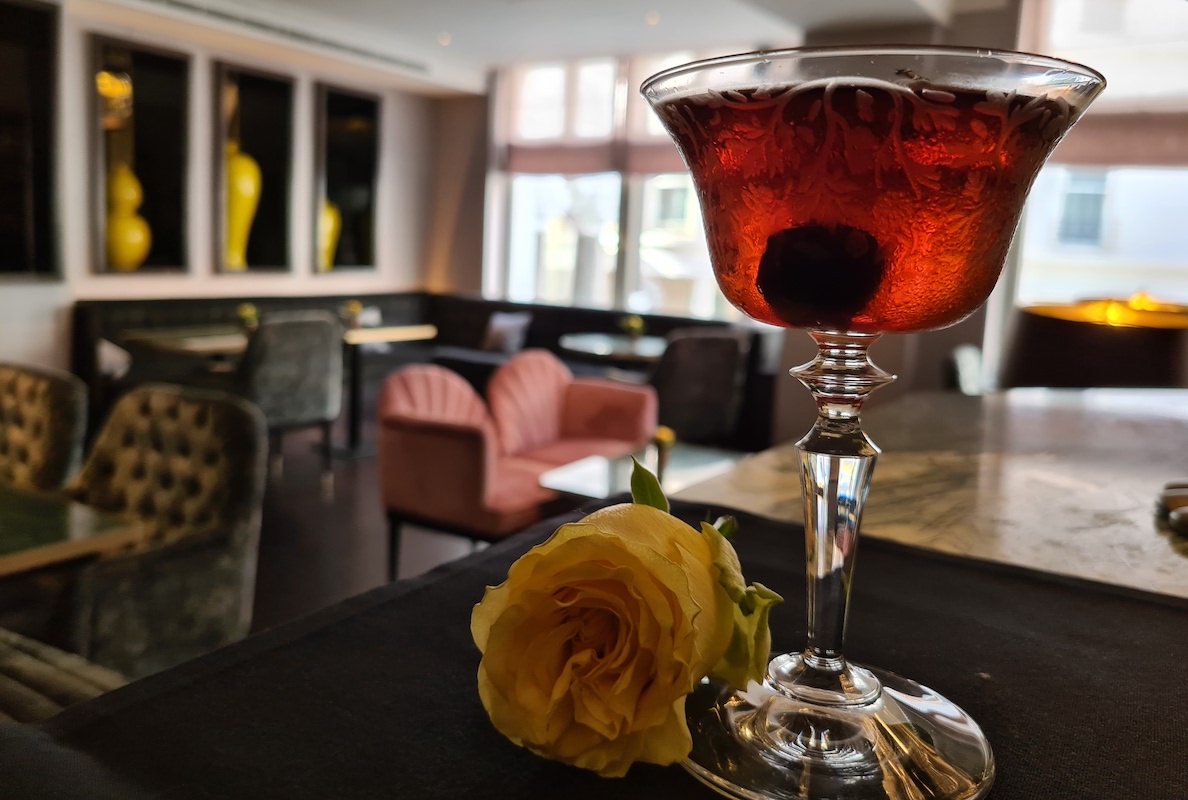
“Historically, port was shipped to the UK and bottled for private clients, big country houses and country hotels. That has changed, obviously, as that Downton Abbey lifestyle doesn’t exist any more. We do still have a lot of private clients, but we’ve also expanded into the restaurant and hotel business. Our port is served in most of the Michelin-starred restaurants in London and the UK and, increasingly, in bars, and even used for mixing, which has been the big new trend.”
Among Symington’s portfolio are prestige brands including Graham’s, Dow’s, Prat’s & Symington, and Quinta do Vesuvia – a wide selection in which connoisseurs can sample a range of styles and profiles. Ranging in colour from deep red to white, there are seven styles of port.
White port is made from white grapes and varies from dry to sweet – it is often served on the rocks as an aperitif; Ruby port is a red wine aged for two to three years in oak vats – as the best- known style of port, particularly good harvests can be declared a Vintage port and these will be subsequently aged for several decades. Late bottled vintages were developed in the 1960s – for British restaurateurs who wanted a vintage port that could be served without decanting – and aged for four-to-six years before bottling.
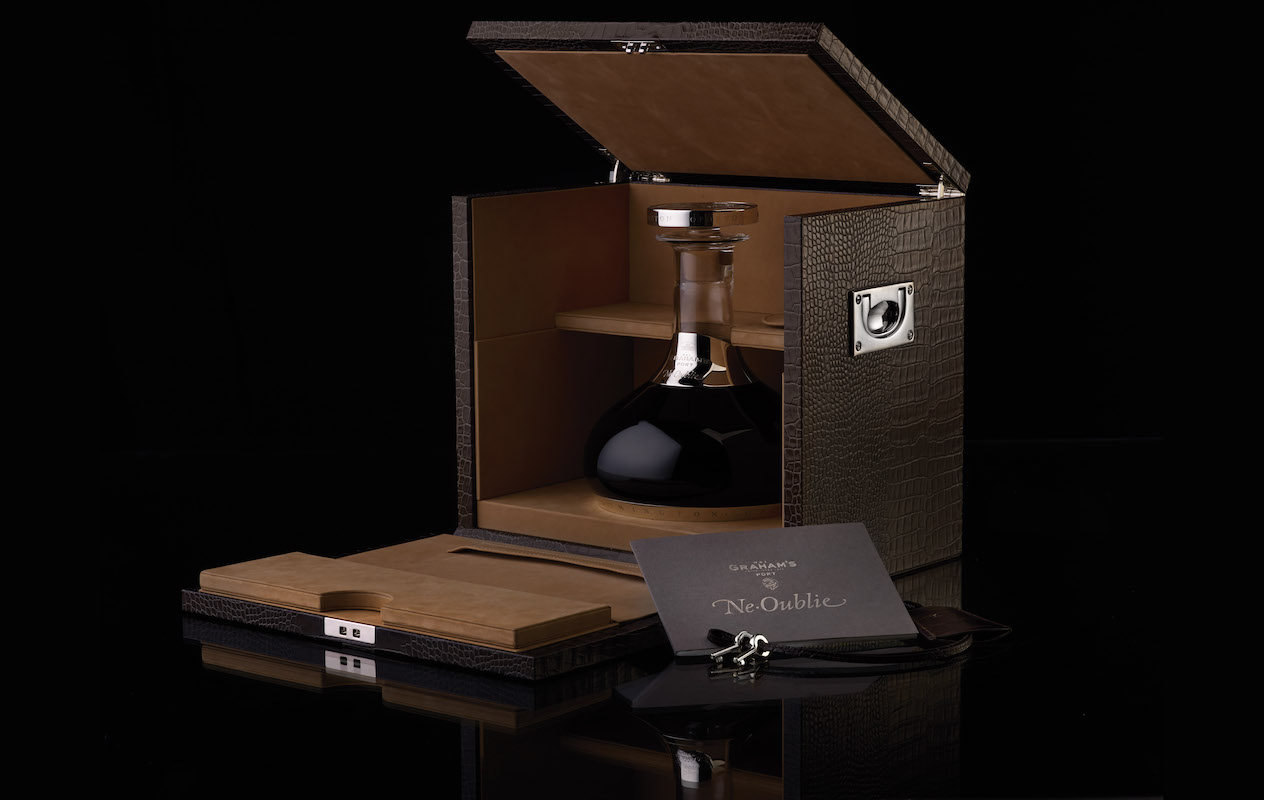
Tawny ports are aged in oak vats and bottled at 10, 20, 30 and 40 years, the fastest-growing segment of the market, these become a beautiful amber colour through maturation. A small but special category is vintage-dated tawnies, known as Colheitas, and a new emerging style – rosé port – is also capitalising on the rising popularity of rosé wines.
This combination of historic importance and innovation of style was the driving force behind choosing fine port as the heart of the stylish 1857 The Bar, which was designed by interior design firm Russell Sage Studio and features the widest selection of port in London.
“After the long period of Covid-19, we wanted to create a new bar with its own identity,” says Anjana Pandya (pictured left), general manager of the five-star St James’s Hotel & Club. “We did a lot of research and discovered that St James’s had an incredible history with port. Back when St James’s Club was first established in 1857 – the inspiration behind the bar’s name – this area of London was where port trading was really happening, so there is some real heritage. Collaborating with the Symington family seemed the perfect opportunity because of their generations of history – which is so similar to our own – and range of luxury ports and wines; we knew this could be a long-term partnership.”
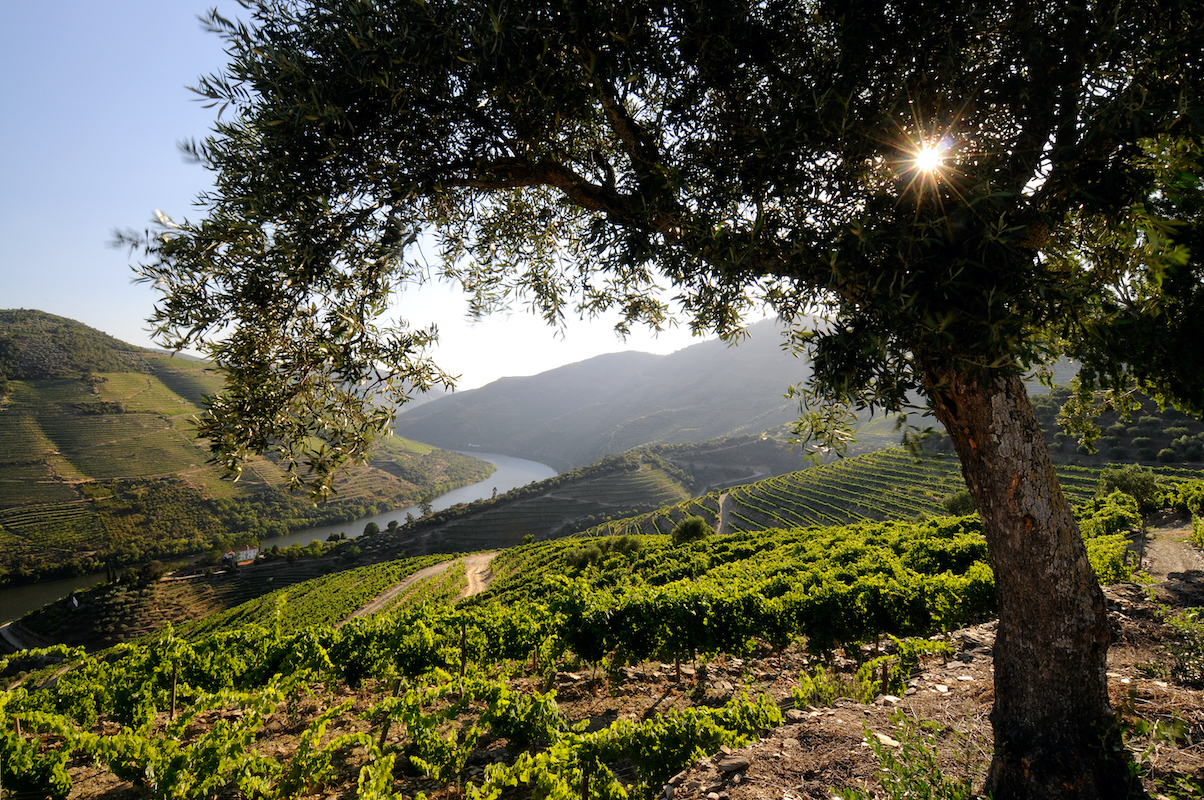
Symington echoes this sentiment. “We’ve been a family business for 130 years and, really, working with like-minded people is what it's all about. It's really nice to be working with St James’s to bring that excitement back into port, and launching 1857 has been incredible,” he says. “And there’s so much shared history and heritage. We’ve been back through our old ledgers from the 1800s to mid-1900s and discovered that we’ve always been shipping large quantities of port to St James’s – we’ve actually got invoices from the 1920s from Sir Winston Churchill, requesting his port to be delivered directly to St James’s Club.”
One of 1857’s nods to this shared history is a highlight of the venue’s menu: Graham’s 1882 Ne Oublie, which is the oldest wine available by the glass in the UK.
“It’s a really special wine and means a lot to my family,” says Symington of the rarefied drop. “My great-great-grandfather, Andrew James Symington, was involved in the making of this wine on the year our family arrived in Portugal.”
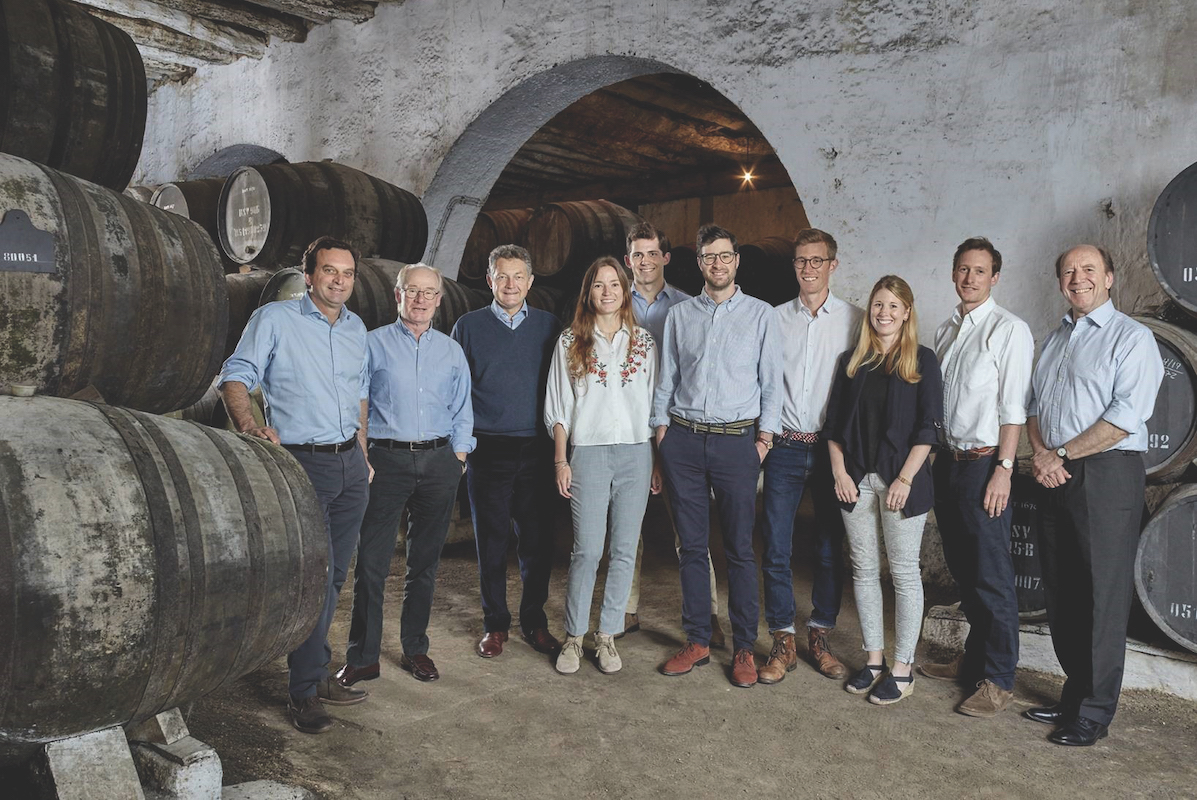
Other stand-out ports on the menu include Graham’s 1977 Vintage, made just after the Portuguese revolution, a 1940 aged tawny port, and selection of single quintas and vintage ports. Its cocktail menu includes a Port Sour – Pandya’s personal favourite, prepared with Graham’s Blend Series No.5 – a take on the Negroni, and the Queen of the Night, with Graham’s Tawny 10 Year Old.
“At St James’s Hotel & Club, just as with our Michelin-star restaurant Seven Park Place by William Drabble, the whole purpose of creating 1857 is to make the hotel a destination for our visitors, both international and local,” says Pandya. “Our menus have so much personality and the bar is a wonderful uplift to the evenings – it’s very sophisticated but relaxed, for after dinner drinks or meeting with friends.”
With a bar menu designed by William Drabble to pair perfectly with your port choices, Symington says guests may be surprised at how well this wine compliments one’s food choices.
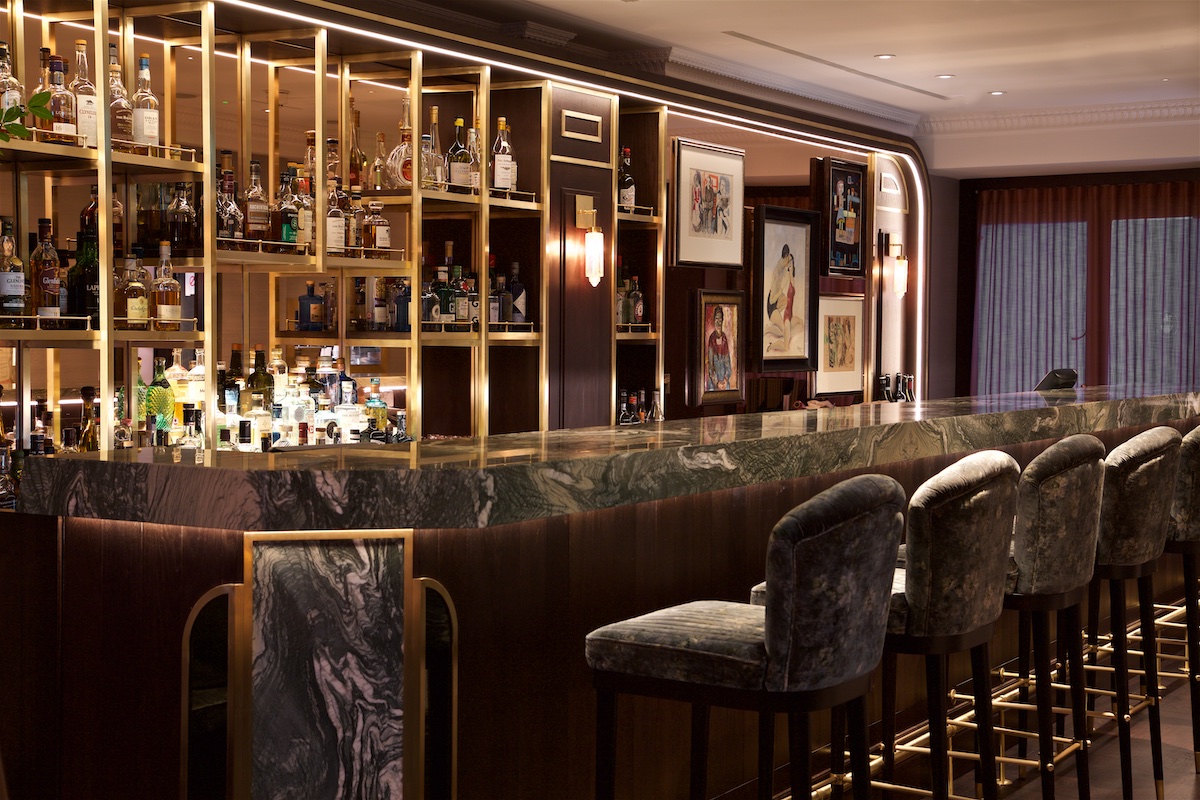
“With a vintage port, you want to look for differences in flavour, so hard, salty cheeses work well with younger vintage ports, and creamy cheese for older vintages. With tawnies, think about similarities – nuts and fruits work very well but also desserts, such as crème brûlée. And for the sweet toothed among us, any port works perfectly with chocolate,” he says.
While Symington adds that 1857’s menu is full of thoroughly modern and exciting flavours, for him, the magic of port wine is still in its history.
“What I love about port is that it has such great longevity,” he says. “If you think about what a vintage port has seen, what’s happened in the world in their lifetime… there aren’t many places you can sit and have a glass of something that was made during the war. You can pay tribute to all that’s happened in its lifetime by enjoying a glass.”




